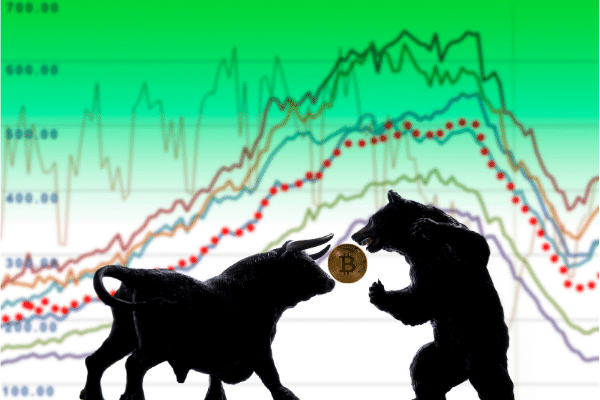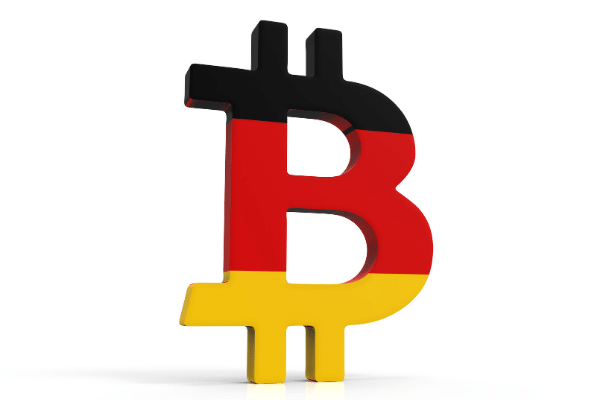
- The average U.S. stock market bull lasts for 3.8 years according to data going back to 1932, with the longest lasting from 2009 to 2020 with a bull market defined as a 20% increase in stocks.
- But looking back as we approach 2 years since the pandemic lows, some investors are understandably wondering if this isn’t a good time to take some money off the table.
On the 2-year anniversary since the bottom of the coronavirus-induced stock market crash of 2020, analysts are as divided as ever on what sort of market we’re in – mid-bull, late-bull, early-bear, or rangebound?
Depending on who you ask, the bull market may just be starting or over already and they can’t all be right.
To be sure, the average U.S. stock market bull lasts for 3.8 years according to data going back to 1932, with the longest lasting from 2009 to 2020 with a bull market defined as a 20% increase in stocks.
So what changed?
Recall that 2009 was when the U.S. Federal Reserve introduced this idea of “quantitative easing” – the purchase of assets such as U.S. Treasuries and mortgage-backed securities.
Having overcome that “moral hazard” after the 2008 Financial Crisis, the Fed, which is the only entity with the license to create money out of thin air, has since gone on to also prop up money market mutual funds as well as buy bonds of some of America’s biggest companies.
That implied Fed “put” has meant that asset prices have until the pandemic, been on a relentless ascent.
And even when the pandemic brought the markets to its knees, the Fed was at hand to flood the markets with liquidity and buying which has since seen an incredible run up in asset prices from pandemic lows.
But looking back as we approach 2 years since the pandemic lows, some investors are understandably wondering if this isn’t a good time to take some money off the table.
There are some who believe that our current market conditions are merely a continuation of the secular bull market which began in 2009, and since secular bull markets tend to last between 15 to 20 years, this one still has plenty of legs to run.
Earnings for American companies continues to be strong, and people aren’t scared to death by an unknown pandemic with no vaccines.
Savings are also far higher today than they were on the even of the 2008 Financial Crisis, with American households increasingly becoming a source of buying activity in the stock markets.
Typically, high leverage and low savings could see liquidity flushed out of the system and the bull market ends abruptly.
There are others who suggest that markets are already in bear territory without knowing it, arguing that the U.S. economy looks to be late in the expansion cycle, with GDP and earnings decelerating, inflation running hot and a Fed policy that is tightening.
Sure, but that assumption assumes the Fed will risk a recession and not reverse its policy.
U.S. Federal Reserve Chairman Jerome Powell’s new policy direction of “nimbleness” suggests that the central bank remains ready at the taps should the markets run dry.
Labeling the market is probably less valuable than determining what an individual investor’s place in it is, whether it be to dollar cost average on the dip, or to hold for the long-term, these considerations are far more relevant on a personal level.
It’s been said that bulls make money, bears make money, pigs get slaughtered.



